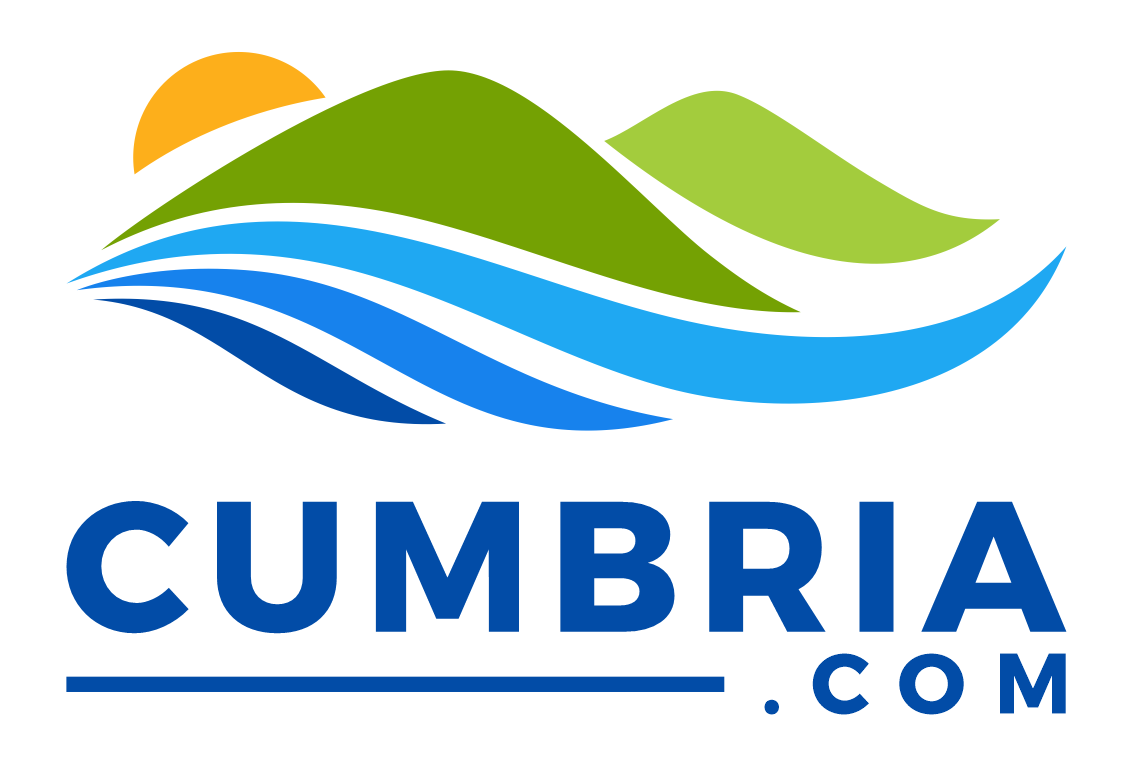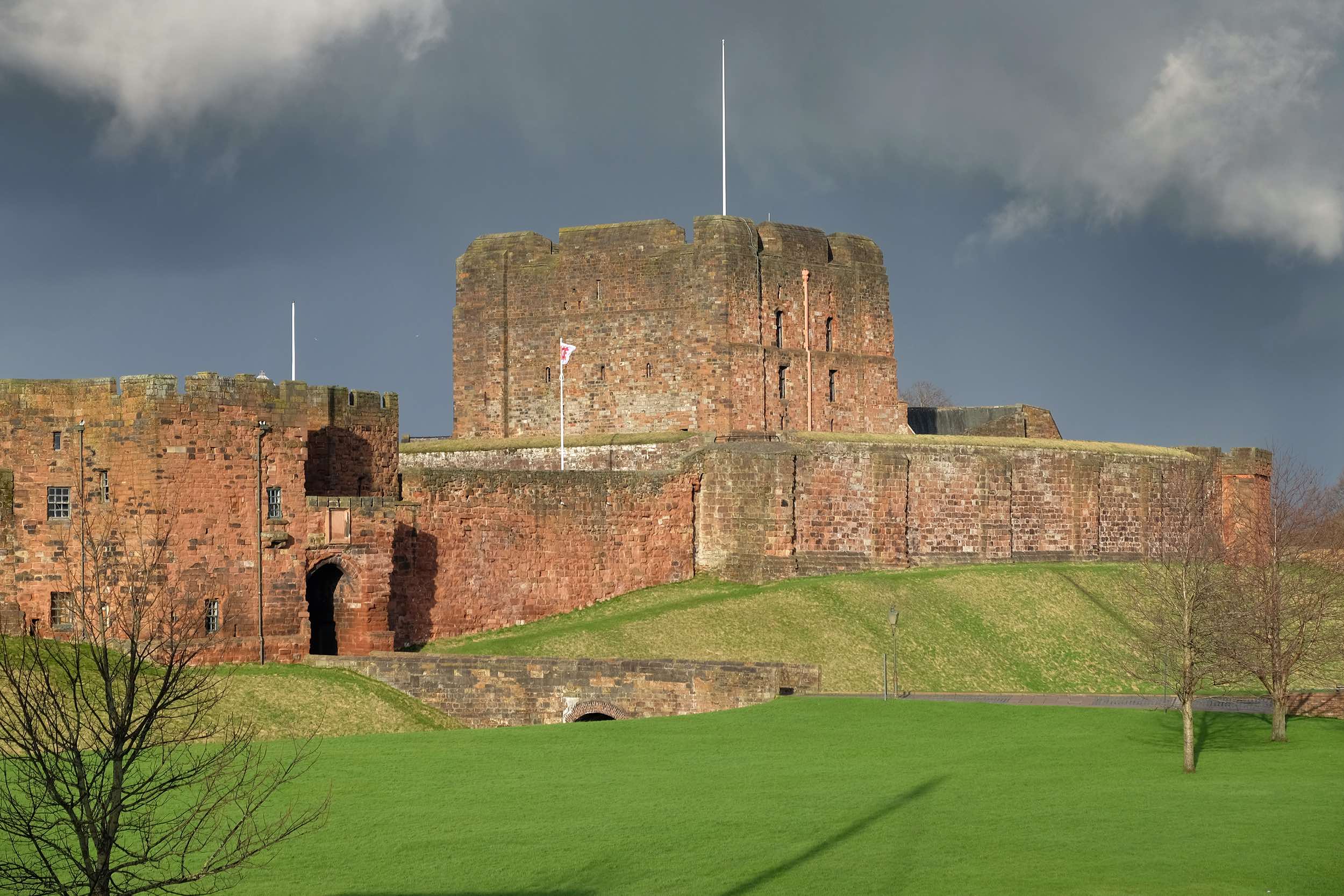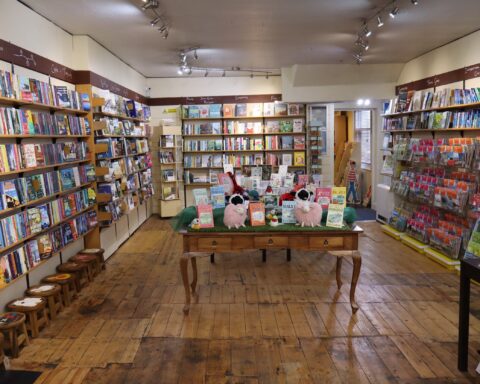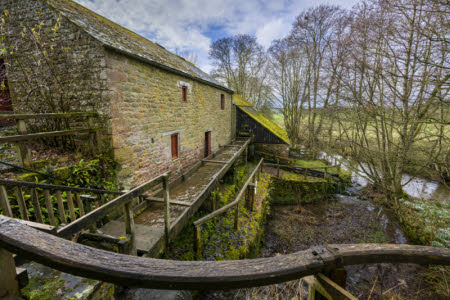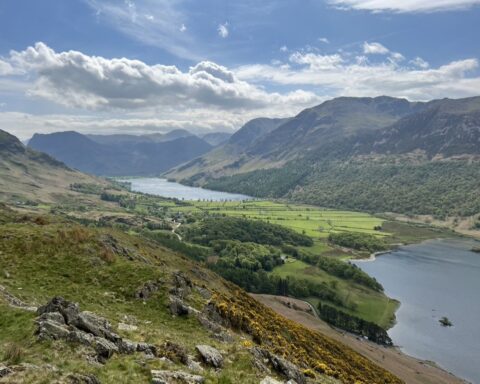Boasting a long and proud history, Carlisle is located in Cumbria’s far north, just a few miles from the Scottish border. It was the Romans who first put the area on the map, establishing a fort here in AD72 and calling the settlement that grew up around it Luguvalium. Hadrian’s Wall crossed the River Eden at Carlisle, and the largest fort on the wall is now buried beneath the city’s northern suburb of Stanwix.
The city’s castle, close to the banks of the River Eden, was first established in 1092 by William II, although the stone keep that exists today was probably built by a Scottish king, David I. It has survived more sieges than any other castle in the British Isles – during the Wars of the Roses, during the English Civil War and repeatedly during the border wars. Today, its well-preserved buildings are in the care of English Heritage and many of them are open to the public, including the keep and the tower in which Mary Queen of Scots was imprisoned. The outer ward hosts Cumbria’s Museum of Military Life, dedicated to 300 years of the county’s infantry regiment, as well as buildings still used by the Army Reserve.
Opposite the castle is Tullie House museum and art gallery, where more of the city’s fascinating history is explained. A short walk from here, up through the city’s Historic Quarter, is the gorgeous red sandstone cathedral, established in 1122. It’s relatively small but what it lacks in stature, it more than makes up for in beauty and atmosphere, with highlights including the fourteenth-century east window, intricate wood carvings on the choir stalls, the colourful choir ceiling and even some Norse graffiti.
Other interesting buildings include the Old Town Hall, built in 1669 and now home to the Tourist Information Centre, and the timber-framed Guildhall, which houses a small museum (limited opening).
There are several attractions within easy reach of Carlisle. The forts and settlements of Hadrian’s Wall are probably the most famous of these, but visitors can also see the picturesque Talkin Tarn Country Park, the fine Anglo-Saxon cross at Bewcastle and the extraordinary church of St Mary’s in the village of Wreay. Shaped like a Roman basilica and full of unusual features, it was built and paid for by local amateur architect Sara Losh in the 1840s. The city is also only a short distance from the Lake District National Park and two Areas of Outstanding Natural Beauty: the North Pennines and the Solway Coast.
Cumbria’s largest settlement and its only city, Carlisle is a busy place today, home to shops, restaurants and a huge number of cafés and bars. Its population is only about 75,000 but it serves a large hinterland, the nearest big city being Newcastle on the opposite side of the country. There are also a good number of B&Bs and small hotels, serving tourists keen to explore the ‘Great Border City’ as well as those passing through on the Hadrian’s Wall Path, the Cumbria Way, the Reivers’ Cycle Route or Hadrian’s Cycle Way.
The M6 motorway skirts the eastern edge of the city while railway lines come and go in all directions – trains on the West Coast Main Line stop here on their way from London to Edinburgh and Glasgow, and it’s also the northern terminus of the scenic Settle to Carlisle Railway. For those on a tighter schedule, Carlisle Lake District Airport is located seven miles to the east.
